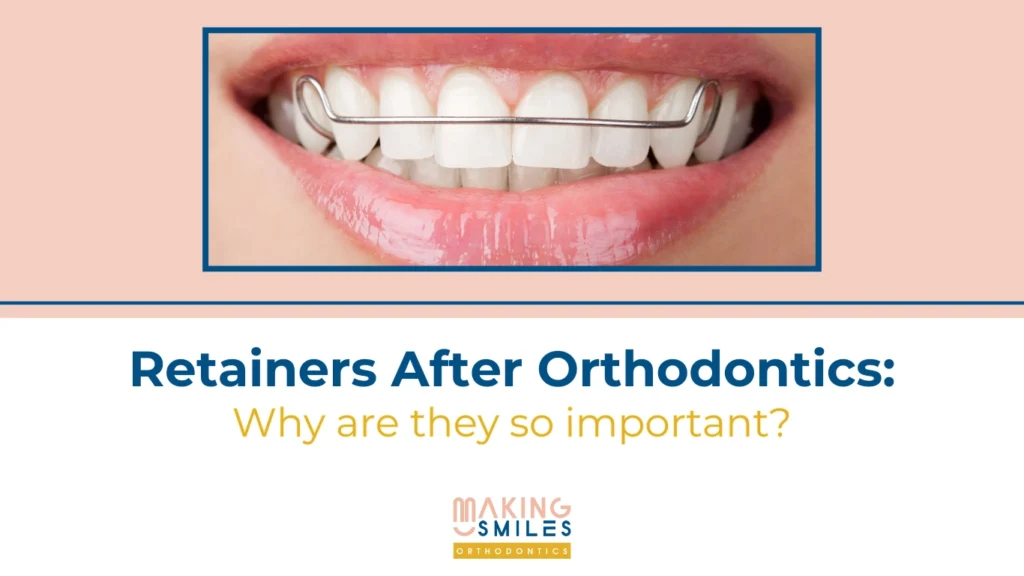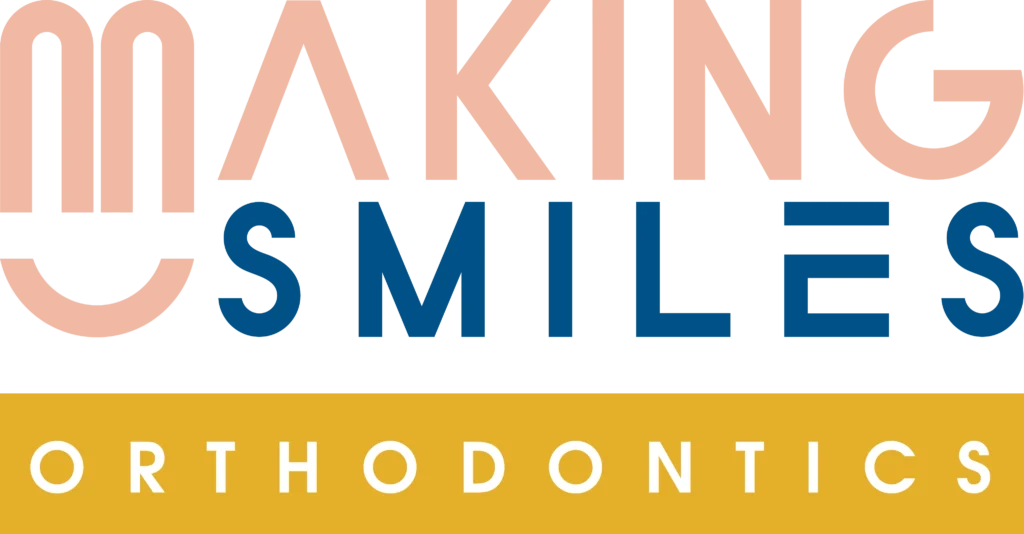
How Retainers Can Help Maintain Your Perfect Smile After Orthodontic Treatment
After completing your orthodontic treatment, it’s natural to feel like the hardest part is behind you. However, the end of your treatment with braces doesn’t mean the end of the journey to maintain your perfect smile. This is where retainers come into play—essential devices designed to preserve the results of your orthodontic treatment and ensure that your teeth stay in the correct position.
Why Are Retainers So Important After Orthodontics?
Retainers play a crucial role in stabilizing your teeth after orthodontic treatment. During your braces or aligner treatment, your teeth are moved from their original position, and while bones and soft tissues gradually adapt to these changes, it can take some time for everything to fully stabilize.
When the braces or aligners are removed, your teeth may have a tendency to shift back to their original position. Retainers help prevent this relapse and “hold” your teeth in place while the bones and tissues continue to adapt. Without proper retainer use, the results of your orthodontic treatment may not be permanent.
Types of Retainers
There are several types of retainers, and the choice of one over the other depends on each patient’s individual needs. The most common types are:
- Fixed Retainers: This type of retainer is placed on the back of your teeth, usually on the bottom or top row. They are permanent and don’t need to be removed. This is an ideal option for those who don’t want to worry about taking their retainer in and out.
- Removable Retainers: These are the most common and, as the name suggests, can be removed when not in use. This type of retainer is more convenient for patients, but it requires discipline and consistency to ensure it is worn according to the orthodontist’s instructions.
- Hawley Retainers: This is a type of removable retainer, usually made of acrylic and wire. They are highly effective at keeping your teeth in place and can be customized to fit perfectly in your mouth.
- Essix Retainers: Made of clear plastic, these retainers are discreet and comfortable. They resemble invisible aligners and are an excellent aesthetic option for those who don’t want their retainer to be noticeable.
How Long Do I Need to Wear My Retainer?
The amount of time you need to wear your retainer will depend on your orthodontist’s recommendations, but it is common to be advised to wear it full-time for the first few months after your braces are removed, even while sleeping. This helps to stabilize your teeth quickly.
Over time, your orthodontist may recommend that you wear it only at night, but it’s crucial to follow these instructions carefully because not using your retainer as directed can cause your teeth to gradually shift back to their original position.
What Happens if I Don’t Wear My Retainer?
If you don’t wear your retainer consistently after orthodontic treatment, your teeth may begin to shift. This is known as dental relapse, and it can occur at any time after your orthodontic treatment, although it’s most noticeable during the first few months or years after braces are removed.
Dental relapse can be gradual, and some patients may notice their teeth moving very slowly. However, the change can be subtle enough not to be immediately obvious, which could lead to bigger problems later on.
Is It Painful to Wear a Retainer?
Generally, wearing a retainer doesn’t cause pain, but some patients may experience slight discomfort at first, especially if the retainer isn’t fitting perfectly. While it’s uncommon, some people may feel pressure on their teeth, particularly in the first few days after receiving a new retainer. This discomfort typically fades after a short period of adjustment.
Tips for Taking Care of Your Retainer
Proper care of your retainer is essential to ensure its effectiveness and durability. Here are some helpful tips:
- Clean regularly: Wash your retainer with lukewarm water and a soft brush. Avoid using hot water, as it can warp the retainer.
- Avoid sticky or hard foods: These can damage the retainer or make it difficult to wear properly.
- Store it properly: Always keep your retainer in its case when not in use to avoid losing it or damaging it.
- Regular check-ups with your orthodontist: Be sure to schedule follow-up appointments to check that your retainer is working properly and that your teeth are staying stable.
Retainers are a critical part of the orthodontic treatment process, ensuring that the results achieved with braces or aligners are maintained over the long term. Don’t underestimate the importance of wearing your retainer as directed by your orthodontist. If you have any questions or need more information on how to care for your smile after orthodontics, don’t hesitate to contact us at (256) 403-7404 to schedule your appointment at Making Smiles Orthodontics.
Frequently Asked Questions
- How long do I need to wear my retainer after orthodontic treatment?
- This depends on your orthodontist’s recommendations, but typically you’ll need to wear it full-time at first, and later, just at night once your teeth have stabilized.
- Can I stop wearing my retainer if my teeth look fine?
- It’s not recommended. Even if your teeth look good, wearing your retainer is necessary to prevent them from shifting over time.
- Is it normal for my retainer to hurt?
- It may feel uncomfortable at first, but it should not cause pain. If the discomfort persists, consult with your orthodontist.
- What should I do if my retainer breaks or gets lost?
- If your retainer is damaged or lost, contact your orthodontist as soon as possible to get a replacement.
- Are fixed retainers better than removable ones?
- Both types of retainers are effective. Fixed retainers are more convenient because you don’t have to worry about wearing them, while removable ones offer more flexibility and comfort. The choice depends on your preferences and your orthodontist’s advice.
